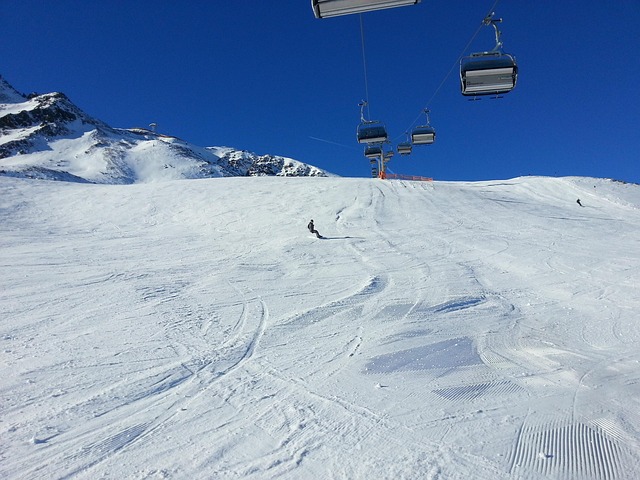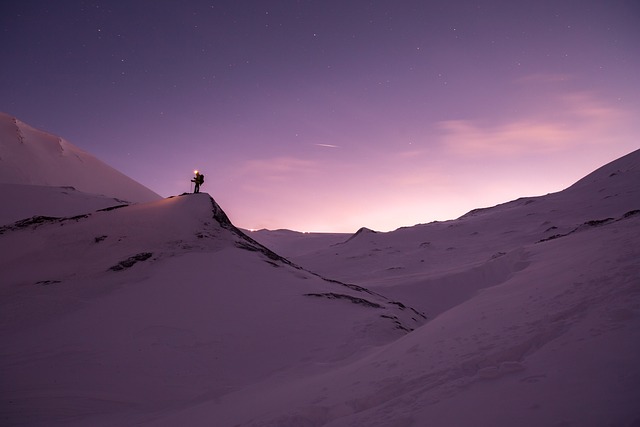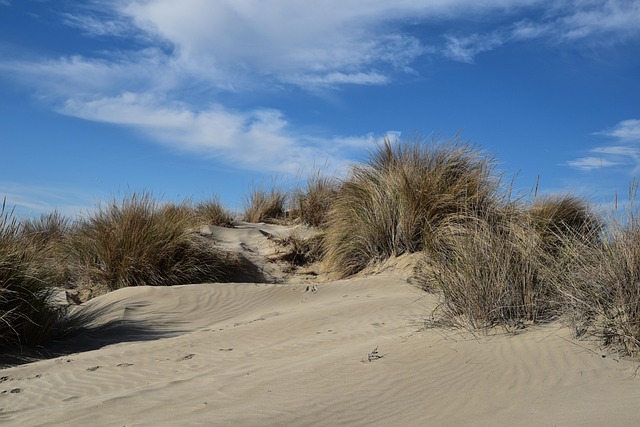Oregon Dunes winter hiking requires robust physical prep, advanced skills & equipment to navigate icy trails safely. Hikers & Oregon Dunes photography enthusiasts should wear reflective clothing, protect against sandstorms. Summer challenges include heat & limited shade; stay hydrated, use lightweight gear. Essential gear includes sturdy shoes, waterproof backpack, camera for capturing unique Oregon Dunes photography. Wildlife observation offers opportunities for stunning nature photos, understanding local behaviors key.
“The Oregon Dunes National Recreation Area presents a captivating yet challenging landscape for hikers seeking adventure. This unique terrain, boasting towering sand dunes and diverse ecosystems, offers memorable experiences but demands careful navigation. From icy winter trails to scorching summer heat, hikers must be prepared for unpredictable conditions. This guide explores the various challenges, from navigating treacherous paths to ensuring safety during sandstorms and extreme heat. It also highlights the essential equipment and knowledge needed for a successful and safe Oregon Dunes hiking adventure, complete with tips on wildlife encounters—all crucial information for aspiring dunes photographers.”
- Navigating Icy Trails: Oregon Dunes Winter Challenges
- Sandstorm Safety: Protecting Yourself from Visibility Issues
- Extreme Heat Management: Hiking Dune Safely in Summer
- Equipment Essentials for Oregon Dunes Adventure
- Wildlife Encounters: Understanding Local Fauna on Dunes
Navigating Icy Trails: Oregon Dunes Winter Challenges
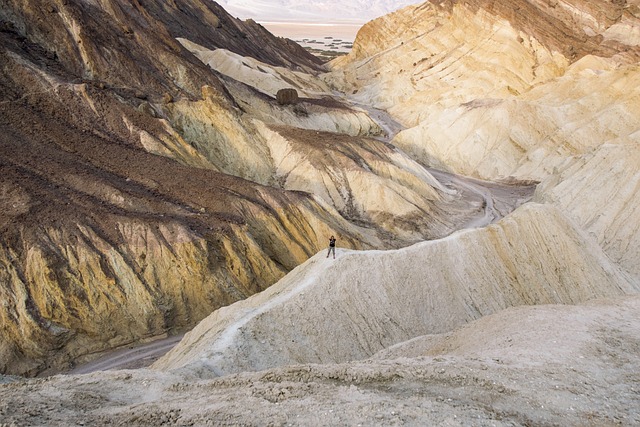
Navigating icy trails is one of the most challenging aspects of hiking Oregon’s dunes during winter. The vast, windswept sandscapes that make for breathtaking Oregon Dunes photography in summer can transform into treacherous labyrinths when covered in a layer of ice. Hikers must possess not only robust physical conditioning but also advanced trail skills and proper equipment to safely traverse these frozen landscapes.
Winter storms often leave trails slick with ice, making every step a calculated risk. Even experienced hikers may find themselves slipping and struggling for balance. Proper footwear with good grip is essential, as are techniques like using crampons or ice spikes for more secure footing. Additionally, staying on marked trails becomes crucial to avoid getting lost in the icy maze, while also remembering that conditions can change rapidly, requiring adaptability and a keen awareness of one’s surroundings.
Sandstorm Safety: Protecting Yourself from Visibility Issues
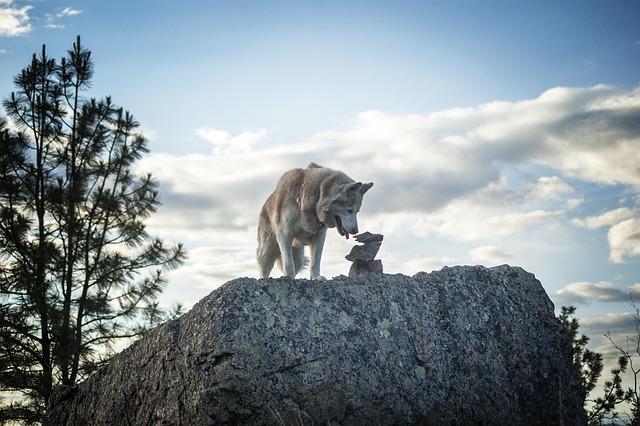
Sandstorms are a common occurrence on the Oregon Dunes and can pose significant challenges for hikers, especially those capturing stunning Oregon Dunes photography. During these events, visibility can drop dramatically, making navigation difficult and potentially dangerous. To stay safe, hikers should wear reflective or bright-colored clothing to enhance their visibility. Additionally, carrying essential gear like a face mask or bandana can help protect against the stinging sand particles. Before embarking on a hike during stormy conditions, check local forecasts and be prepared for sudden changes in weather.
For photographers, mastering the art of capturing images amidst a sandstorm requires a different approach. Instead of focusing on traditional landscape photography techniques, embrace the dramatic lighting and unique textures created by the storm. Experiment with long exposures to capture the movement of the sand and use the reduced visibility to your advantage, creating mysterious and captivating Oregon Dunes photography.
Extreme Heat Management: Hiking Dune Safely in Summer
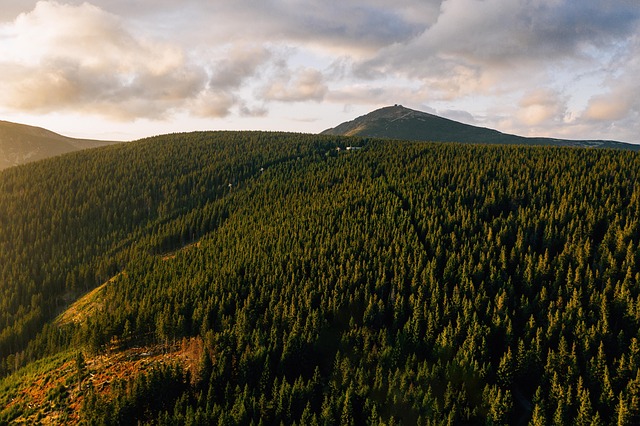
The Oregon Dunes present a unique challenge for hikers, especially during the summer months when temperatures can soar. Extreme heat management is crucial for anyone planning to navigate this stunning yet demanding landscape. With vast expanses of sand and limited shade, hikers are at risk of heat exhaustion and sunstroke.
To stay safe, it’s essential to bring adequate water and dress appropriately. Lightweight, breathable clothing is ideal, along with a wide-brimmed hat and sunscreen. Regular breaks in the cooler morning or evening hours are recommended for rest and rehydration. For those interested in capturing the beauty of the Oregon Dunes through photography, staying hydrated is even more critical, as physical exertion combined with high temperatures can quickly lead to dehydration. Proper preparation ensures a safer and more enjoyable experience while exploring this remarkable natural wonder.
Equipment Essentials for Oregon Dunes Adventure

When planning an adventure on Oregon’s dunes, proper equipment is essential for a safe and memorable experience. Hiking these unique landscapes demands sturdy footwear with excellent traction to navigate loose sand and uneven terrain. A water-resistant, breathable backpack is ideal for carrying necessary supplies, especially during warmer months when hydration becomes paramount.
Additionally, a high-quality camera or smartphone with a durable case is crucial for capturing the breathtaking views and surreal landscapes of Oregon Dunes. For photography enthusiasts, consider investing in a tripod to stabilize your shots and achieve crisp, clear images amidst the ever-changing sandscapes. Always remember to pack layers of clothing to adapt to rapidly changing weather conditions, ensuring you’re prepared for any challenge that comes your way.
Wildlife Encounters: Understanding Local Fauna on Dunes
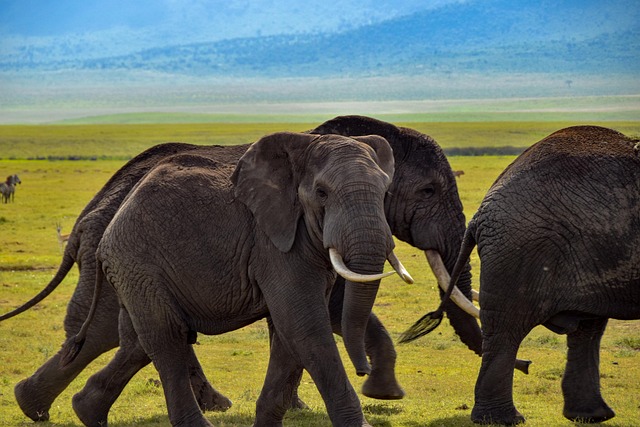
Hiking the Oregon Dunes presents a unique opportunity to witness diverse wildlife in their natural habitat. The dunes are home to an array of species adapted to this unusual landscape, from tiny insects scurrying across the sand to larger mammals like coyotes and deer. Adventurers exploring these terrains should be mindful of their presence and respect the animals’ spaces.
Photographers, in particular, can capture breathtaking images of wildlife on the dunes, offering a glimpse into the wild beauty that thrives here. Oregon Dunes photography enthusiasts need to understand the behaviors and habitats of local fauna to anticipate and appreciate encounters with these creatures, ensuring both a safe experience and stunning visual records of their journey.


